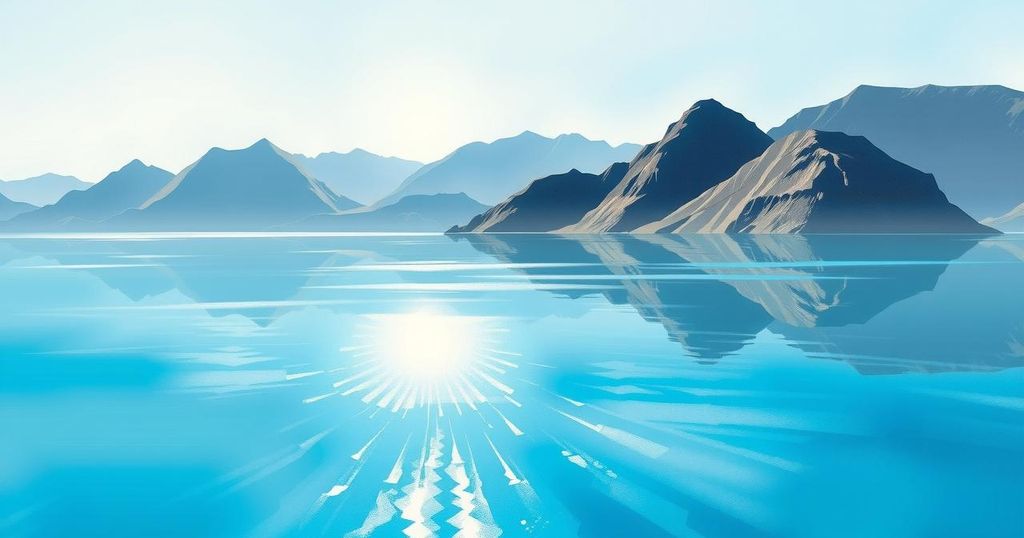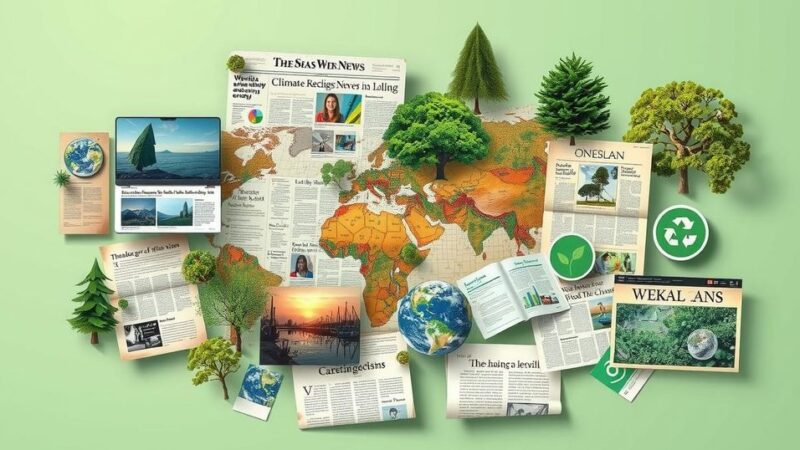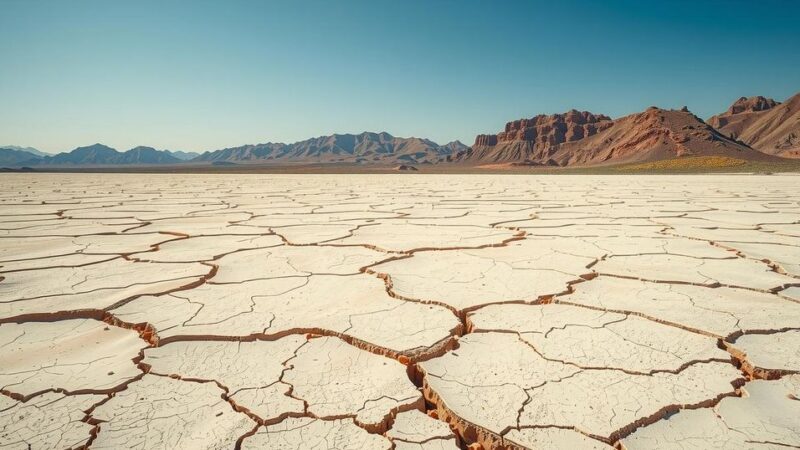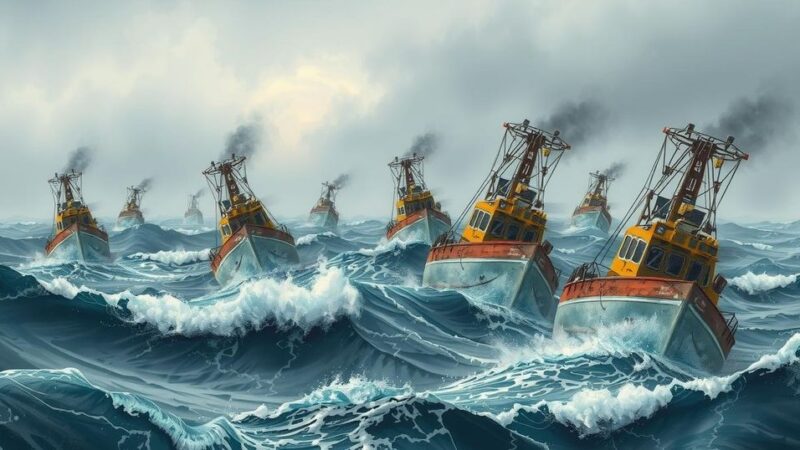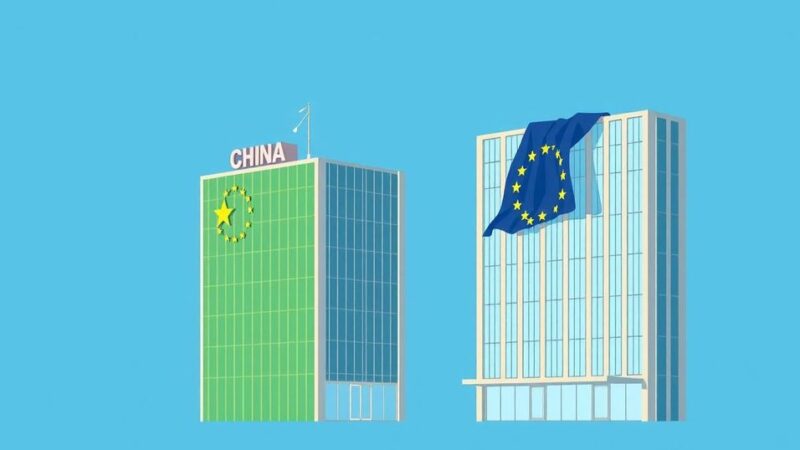Indigenous communities around Lake Titicaca are grappling with climate change and pollution, which threaten their livelihoods and environment. Key figures, such as Gonzalo Pusari and Rosa Jalja, are leading initiatives to protect the lake and emphasize the importance of education and community organization in addressing these crises. Despite challenges, local activists remain determined to advocate for sustainable practices to preserve their natural heritage.
Residents around Lake Titicaca, the largest lake in South America, face serious challenges due to climate change and pollution. Gonzalo Pusari, a community leader from Yumani, recalls how the once-predictable natural cycles have shifted, impacting local livelihoods. With over 3 million people dependent on the lake, Indigenous communities including the Aymara, Kichwa, and Uro grapple with dwindling waters and a changing ecosystem.
The lake’s significant pollution stems from unregulated mining, industrial waste, and sewage discharge, affecting its tributaries and contaminating vital water resources. This situation is compounded by a reduction in snowfall on the Illimani mountain, leading to declining water levels. Marco Limachi, a water resources researcher, explains that the lake is part of the TDPS endorheic system, vulnerable to climate change and increasing pollution.
Analysis shows that climate change has disrupted the lake’s ecosystem, with shorter rainy seasons contributing to harmful algae blooms and reduced oxygen levels. Native fish species face severe threats from overfishing driven by market demand. Javier Apaza Flores, a local agronomist, notes how decreased rainfall and higher evaporation rates have transformed the landscape, leading to a drastic reduction in available water.
Xavier Lazzaro from the Autonomous Binational Authority of Lake Titicaca emphasizes the need for cooperative efforts between Peru and Bolivia to address these urgent ecological challenges. He highlights the alarming pace of eutrophication—a naturally slow process—accelerated due to untreated wastewater since the 1990s, leading to drastic ecological shifts.
Latent pollution is mostly from sewage systems, particularly from El Alto, where aging treatment facilities can’t handle the discharge. Areas previously filled with water are now barren land. However, researchers propose nature-based solutions, such as using the totora plant for natural water filtration, yet social and political challenges hinder large-scale implementation.
Rosa Jalja, a community leader from the Sampaya community, leads efforts with Mujeres Unidas en Defensa del Agua, advocating for rights and protection of Lake Titicaca. She stresses the importance of teaching future generations: “We women have to be guardians… I have to pass it on.”
Rita Suaña, an activist and community leader from the Uro people, emphasizes their connection to the lake and its dwindling resources. Their traditional ways of life, including fishing and building homes from totora reeds, are at risk, prompting them to adapt to economic shifts towards tourism. The lake is transforming, and residents are pushing for social and political accountability to help save their environment and culture.
Despite the pressing issues, local leaders are organizing to champion ecological awareness and advocate for sustainable practices. Rita asserts, “It is our people who take the initiative to protect the water,” illustrating the determination of those living around Lake Titicaca to reclaim their natural heritage through activism and community-led efforts.
Lake Titicaca faces critical challenges from climate change and pollution that jeopardize both its ecosystem and the livelihoods of Indigenous communities. Despite these issues, local leaders and residents like Gonzalo Pusari, Rosa Jalja, and Rita Suaña are taking action to advocate for sustainable practices and the rights of their sacred lake. Their efforts exemplify hope for collective solutions and resilience against environmental degradation, highlighting the need for concerted action among governing bodies and communities.
Original Source: www.preventionweb.net
